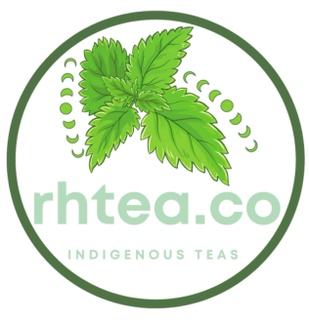Media Features

Polygon Podcast
Indigenous Plant Diva
https://www.nfb.ca/film/indigenous_plant_diva/
Kamala Todd's short film is a lyrical portrait of Cease Wyss, of the Squamish Nation. Wyss is a woman who understands the remarkable healing powers of the plants growing all over downtown Vancouver. Whether it's the secret curl of a fiddlehead, or the gentleness of comfrey, plants carry ageless wisdom with them, communicated through colour, texture, and form. Wyss has been listening to this unspoken language and is now passing this ancient and intimate connection down to her own daughter, Senaqwila.
Salish Woolly Dog series by Senaqwila Wyss
Senaqwila Wyss, cultural programmer at MONOVA: museum of north vancouver, shares in a 6-part-series to educate the public about the now extinct Salish Woolly Dog. This beloved companion was killed by RCMP, Federal Indian Agents of the Government of Canada, shot, and Indigenous communities denied rights to the land in order to raise the breed with autonomy, and carry on traditions that have existed since time immemorial.
https://www.cbc.ca/news/canada/british-columbia/salish-dog-history-1.6111629
https://globalnews.ca/video/8058631/what-happened-to-the-salish-woolly-dog
Xpayay: Cedar tree of life, with Noons Creek Hatchery
Virtual cedar plant walk with T'uy't'tanaat Cease Wyss on Indigenous Plant medicines and ecosystems
Squamish Language Immersion conversation with Senaqwila Wyss
Senaqwila Wyss adopted her young niece, and through Immersion based teachings of the Squamish Language, can carry out a conversation with Adopted-Daughter, Lily Wyss, entirely in
Sḵwx̱wú7mesh sníchim
x̱aw̓s shew̓áy̓ New Growth《新生林》
T’uy’t’tanat-Cease Wyss is an artist, ethnobotanist, educator and activist of Skwxwú7mesh, Stó:lō, Hawaiian and Swiss descent with a practice of more than 30 years. To write about a work by Wyss is to establish a single narrative, and in doing so, to close its radical openness. Along these lines, to write about Wyss’s project at Semi-Public 半公開, “x̱aw̓s shew̓áy̓ New Growth《新生林》,” is to freeze its energy, and I do not have the authority to do that because I was not a part of the collective the work grew out of. I am, however, writing this text out of the utmost respect and admiration for Wyss’s practice, and hope it will foster possibilities of more contact with this work. Indeed, contact is the work of “x̱aw̓s shew̓áy̓ New Growth《新生林》”; connections with the community and the land are essential to Wyss’s vast and extensive practice beyond her installation at Semi-Public 半公開.
The site, made as part of Wyss’s 14-month fellowship with 221A, is a public garden containing the local biodiversity of the unceded lands of the Skwxwú7mesh (Squamish), Musqueam and Tsleil-Waututh Nations. Among the multiple species found in the garden are several types of berries, shrubs like oceanspray, Indian plum and kinnikinnick as well as flowers such as yarrow, wood sorrel and wild rose. The work’s composition is based on permaculture movements, an approach that considers the varied and interconnected forms of life and things in the ecosystem—which is to say, everything. It would be impossible to write fully about permaculture’s boundlessness, in part because the English language isn’t engrained with understandings of holistic interconnectivity like those contained within Indigenous knowledge systems
This website uses cookies.
We use cookies to analyze website traffic and optimize your website experience. By accepting our use of cookies, your data will be aggregated with all other user data.
